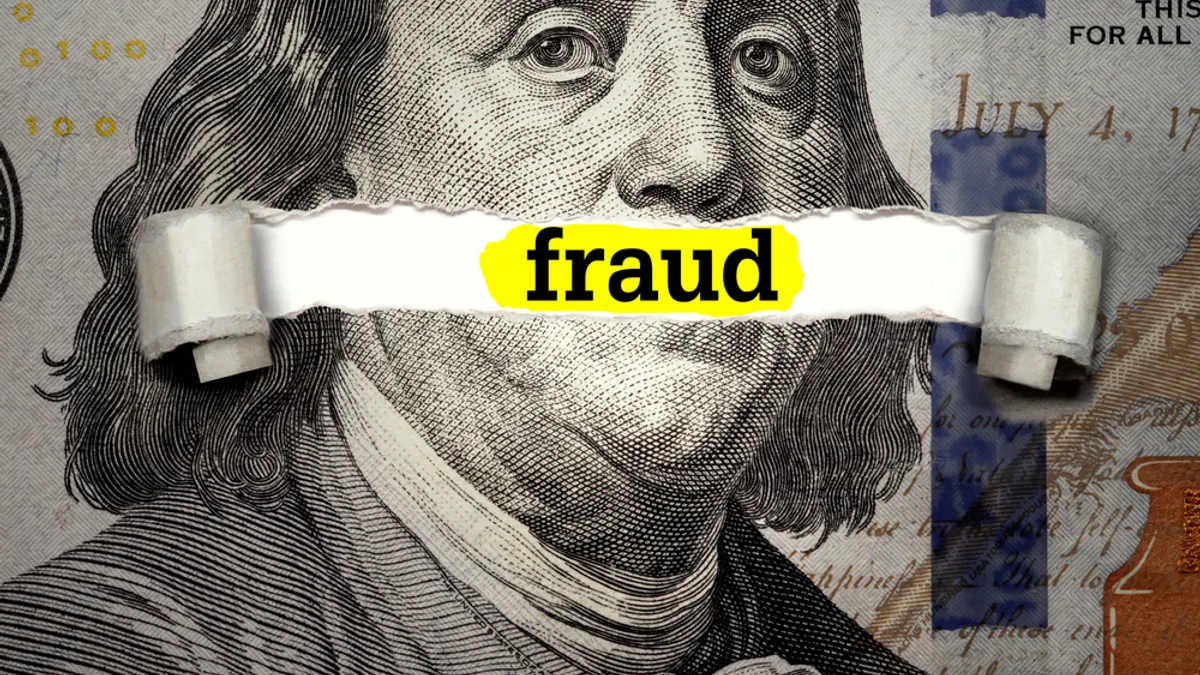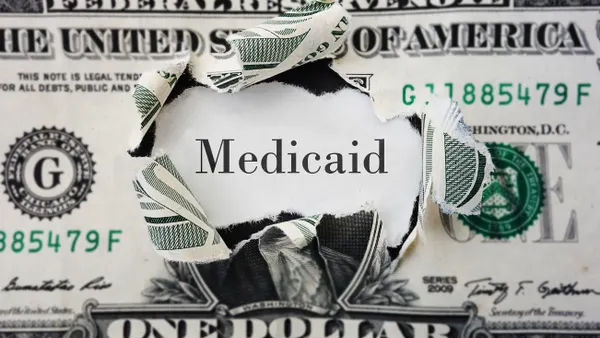What used to be simple forgery or stolen checks has evolved into coordinated attacks that exploit every weak spot in the claim payment process. From account takeovers and phishing attacks to redirected payments, healthcare payment fraud is becoming more sophisticated — and harder to detect.
The scale is staggering as billions of dollars move through healthcare claim payments every day, giving fraudsters more opportunities and payers more exposure. In June 2025, the Department of Justice charged 324 defendants in connection with healthcare fraud schemes totaling more than $14.6 billion dollars in intended losses.
Payment fraud is no longer an isolated issue; it is a systemic challenge that drains resources, erodes provider trust, jeopardizes reputation, and increases compliance exposure.
Why Fraud Is Harder to Detect
Today’s fraud is harder to trace, faster to execute, and designed to bypass outdated defenses. Fraudsters are evolving past obvious tactics with several contributing factors:
- Paper Check Vulnerabilities: Despite progress in digital payment adoption, paper remains the easiest payment method to forge, steal, or reroute.
- Social Engineering: Business email compromise, phishing, and account takeovers make fraudulent activity harder to distinguish from legitimate transactions.
- Outdated Infrastructure: Manual processes and legacy tools create blind spots that bad actors exploit.
- Transaction Volume: Expanding payment volumes across multiple modalities strain legacy systems already struggling to keep up.
While checks remain the easiest target, payment fraud extends well beyond paper. In 2024, 63% of firms reported check fraud, while ACH and wire transfers saw fraud rates of 38% and 30% respectively.
The True Cost of Payment Fraud
The broader effects of fraudulent claim payments are harder to measure but equally damaging. The cost to an organization adds up far beyond the dollars lost in a single scheme.
- Operational Inefficiency: Teams lose valuable time investigating and remedying fraud.
- Regulatory Risk: Payment errors can trigger costly penalties and compliance scrutiny.
- Provider Dissatisfaction: Delayed, withheld, or misdirected payments erode trust and strain payer-provider relationships.
- Reputational Damage: A single high-profile fraud incident can weaken confidence among members, providers, and regulators.
Why Prevention and Protection Can’t Be an Afterthought
Fraud prevention and security must be built into a payment system’s core design, not added as an afterthought. Fragmented defenses create gaps that fraudsters exploit, while integrated safeguards protect both finances and sensitive data. Payers must prioritize protections like:
- Real-time fraud detection for every payment modality to identify suspicious activity before funds are lost.
- Advanced cybersecurity features powered by multiple security layers to safeguard sensitive information.
- AI and machine learning to spot unusual patterns and anomalies across a broad network, flagging suspicious activity before funds are lost.
- Multiple layers of protection such as encryption, tokenization, and multi-factor authentication.
Most importantly, fraud prevention and security cannot be limited by transaction volume. As payment volumes grow each day, protection must scale with it.
Integration as a Security Imperative
Point solutions create silos and blind spots that quickly become risks. Integration is the key to combatting these vulnerabilities.
A full-service, integrated payment solution connects systems, vendors, and workflows into one secure environment. Fraud monitoring, security protocols, and compliance checks all work together to strengthen defenses and guard every payment.
When HIPAA, NACHA, and PCI compliance controls are also embedded, they do more than meet regulatory requirements. They function as an added layer of protection by safeguarding sensitive data, simplifying audits, and reducing opportunities for fraud to slip through.
Retiring the Fraud-Rich Paper Check
Paper checks remain the weakest link in healthcare payments. They are slow, costly, and exposed at every step. Yet 23% of healthcare and 30% of dental claim payments are still issued by check, leaving a significant portion of the system vulnerable.
The fastest way to reduce this risk is for healthcare to finally retire the paper check and accelerate digital payment adoption. Modern payment solutions not only increase digital adoption rates but simultaneously close security gaps, and deliver faster, accurate payments. Every check replaced with a digital payment removes one more opportunity for fraud.
You Can’t Afford to Wait
Healthcare payment fraud is becoming harder to detect, expensive to resolve, and more attractive to bad actors. Payment infrastructure must do more than move funds — it must protect them.
For health plans, dental plans, and TPAs, waiting to modernize payment systems is no longer an option. They must:
- Retire paper-based payments and workflows.
- Embed advanced protections, including real-time monitoring and machine learning.
- Consolidate fragmented systems into an integrated, full-service payment solution.
While fraudsters are getting harder to detect, we must be better at fighting back.










